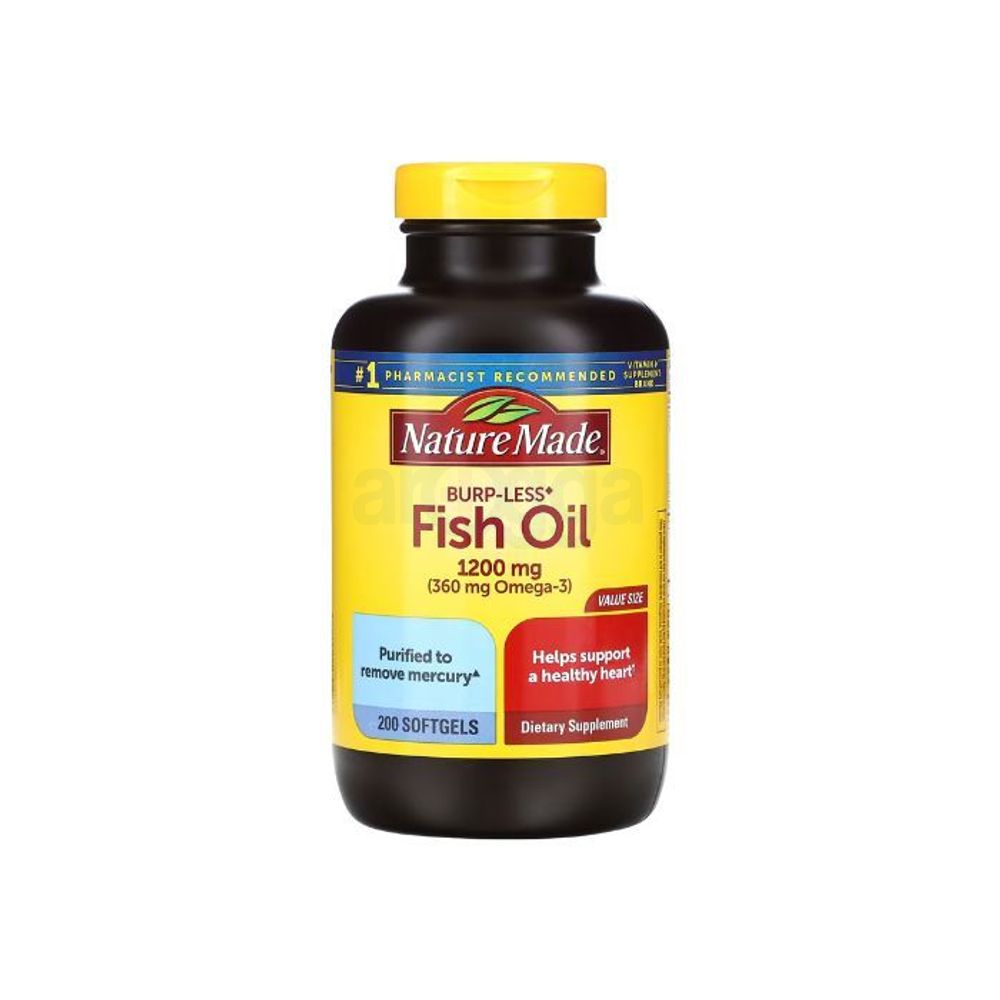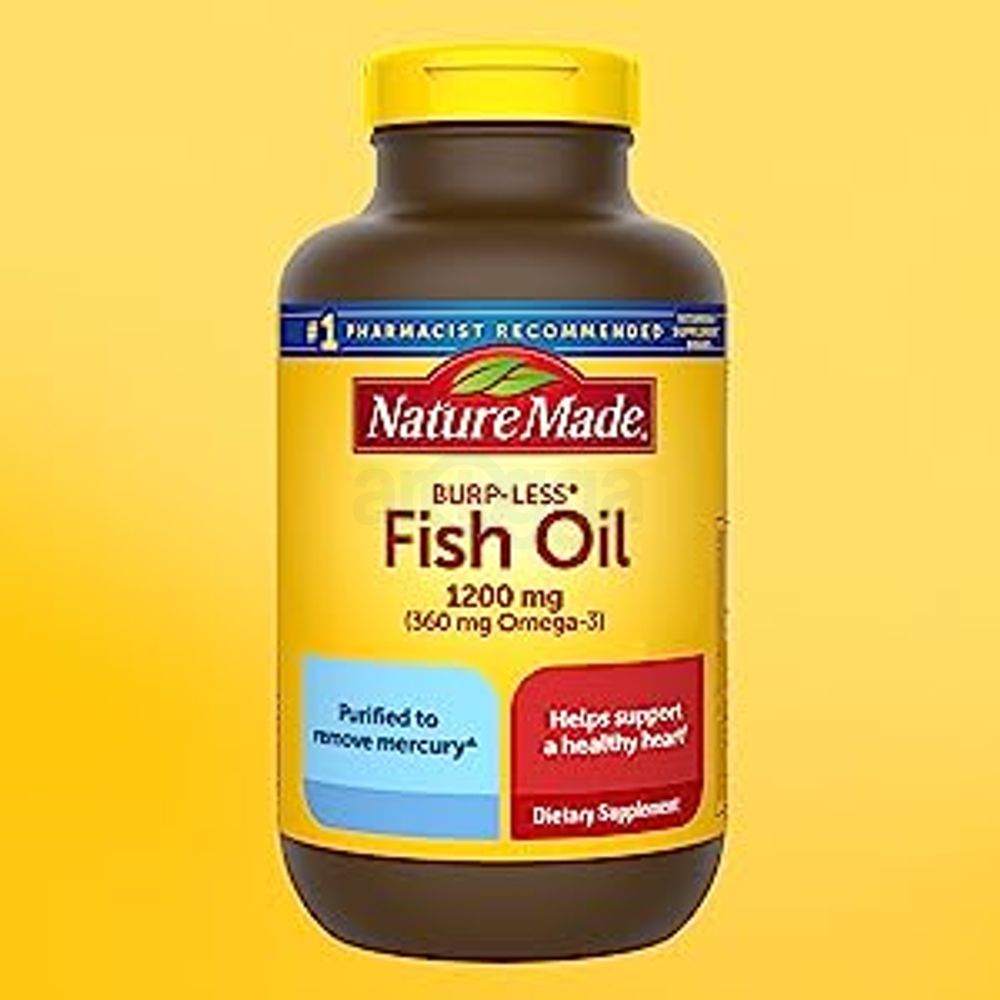The Omega-3 fatty acids EPA (eicosapentaenoicacid) and DHA (docosahexaenoic acid) are found in all marine life (including algae), but fatty fish, such as salmon, tuna and sardines have particularly high amounts. EPA and DHA help support heart health, and in higher concentrations, they help support brain function, eye health and mood.+
|
Anyone who wants to take advantage of the benefits of Omega-3s EPA and DHA but doesn't regularly eat fish. According to recent research, over 2/3 of US adults (68%), and 95% of children under 18, do not consume enough EPA and DHA in their daily diet to meet recommendations based on the US Dietary Guidelines for Americans (1).
1. Murphy RA, Devarshi PP, Ekimura S, Marshall K, Hazels Mitmesser S. Long-chain Omega-3 fatty acid serum concentrations across life stages in the USA: an analysis of NHANES 2011-2012. BMJ Open. 2021;11(5):e043301. Published 2021 May 10. doi:10.1136/bmjopen-2020-043301.
|
The Omega-3s EPA and DHA in fish oil are good for supporting key functions throughout the body. EPA and DHA are found in large quantities in your brain and eyes. When you consume Omega-3 from fish oil, the Omega-3s EPA and DHA are incorporated into all your cell membranes, providing support for their structural integrity and fluidity, needed for cells to function and communicate effectively.+
|













